“Basic Dog Training Commands Your Dog Should Know“, The headline may feel obnoxious at first and you’ll feel like you don’t need this but hey, wait a moment.
We know you love your four-legged canine but does your friends and family feel the same way when they come to visit you at your place.
If the answer is anything but ‘Yes’, then, congratulations.
You’ve come to the right place to get going on some basic dog training commands.
Your dog is like a human child.
He/she has to be taught a number of commands and cues to make him/her a more sociable altogether and also make the bond between the two of you, stronger.
There’s actually no limit to these dog training techniques you can give to that canine friend of yours.
For starters, we have mentioned these 10 basic commands your dog should know which would really benefit your dog and also yourself in the long term.
Before You Start Dishing Out Command:
There are a few dog training basics that you need to know before beginning with your teaching.
Remember, all these unique tricks to teach your dog to have to be given by you, the owner of the dog only.
You might encounter some problem in between these dog training commands.
But, like everything, this gets better with time and regular practice.
If things don’t go your way, you can always sign up in a dog training school at the end.
- Find a quiet place to do these daily routines with your dog. This will make things easier for you.
- You don’t need to generate unnecessary pressure on the dog to perform from the beginning.
- A private place would be an ideal place to start these dog training strategies for you and your dog. Our suggestion is to start with your home or your back garden.
- Like we said earlier, you need to be consistent with these exercises.
- This has to be a reward-based exercise. Keep giving rewards to your four-legged student with time.
- Dog treats are good, but also don’t hang on to the same exercise for too long. Keep moving to the next exercises as soon as you see progress.
- Like couple-counseling, training a new dog has to be rewarding for both of you to improve the bond you two share.
1. “WATCH ME”

- Step 1: Make eye contact with your dog.
- Step 2: Have a treat for him in one of your hand for this dog training.
- Step 3: Move that hand in upward direction of the dog leading it to your face.
- Step 4: Now that he can see you, give the command “Watch me“.
- Step 5: You have to be regular with this dog command as this will become the medium to give other commands in the future.
Try avoiding the treat as an initiator of this exercise with time. You can use it later as reward though.
Dogisworld’s Advice
2. “SIT”
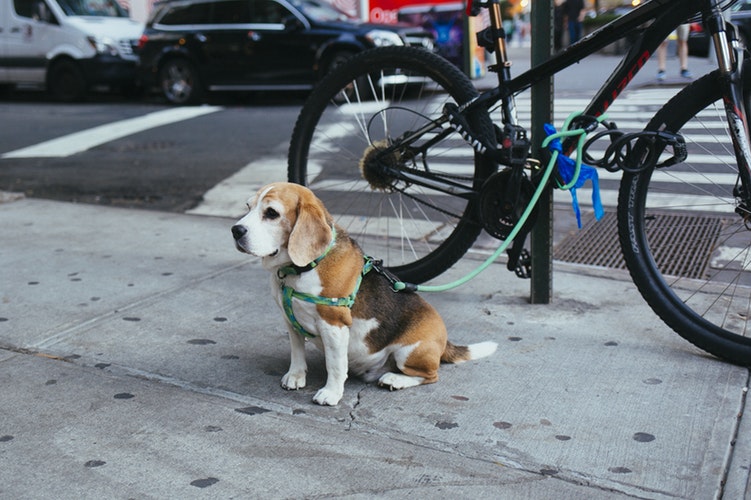
- Step 1: Keep a ‘treat’ close to your dog’s nose.
- Step 2: Move that dog treat in the upward direction – so he will follow that treat.
- Step 3: Your dog won’t be able to catch the treat though as he is in a sitting dog position.
- Step 4: This will cause him to pull the head high in order to follow that treat.
- Step 5: Now give the command “Sit”.
- Step 6: You can release your dog free with a command of “Okay” or “Brake”.
Accompany the final commands with a treat & by all means, show your affection. You both did well!
Dogisworld’s Advice
3. “STAND”
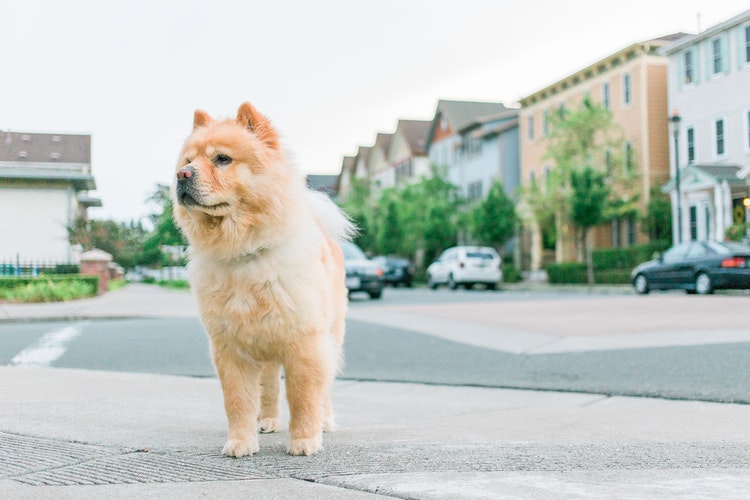
- Step 1: Ask your dog to “Sit”.
- Step 2: Get a dog training treat close to his nose going in both forward and downward direction.
- Step 3: The dog will be following that treat downwards.
- Step 4: Move forward your hand with that treat.
- Step 5: This will put the dog in a standing position on the dog training platform as he goes to follow the treat with his mouth.
- Step 6: This is when you give the command “Stand”.
- Step 7: Offer the treat as a reward of him doing this the right way.
4. “DOWN”

- Step 1: We don’t recommend this later but start training a new dog with a treat.
- Step 2: Move your hand close to his nose.
- Step 3: When your dog gets the smell, move the closed hand to the floor.
- Step 4: Your hand is to be used as dog training lead. The dog will follow your hand.
- Step 5: Move your hand along the floor. This will lead him to follow the food while staying in a laid on position.
- Step 6: The moment the dog is in that position, you give the command “Down”.
- Step 7: Give him the treat.
- Step 8: Your dog may try to grab that treat with force, don’t let this happen by your swift action or by simply calling “No” command.
- Step 9: You can now release your dog free after this action with the dog release words, “Okay” or “Brake”.
“DOWN” can be a challenging command for the beginners. Have the patience, we get it.
Dogisworld’s Advice
5. “STAY”
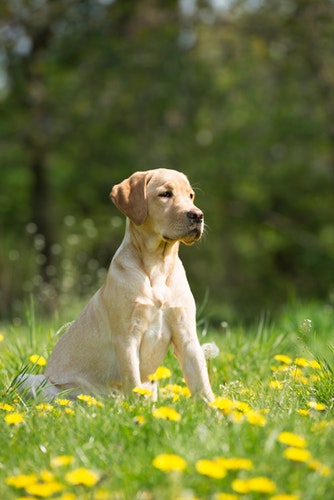
- Step 1: Ask your dog to “Sit.”
- Step 2: Put a dog treat close to his nose. We don’t recommend this for later, as this can hamper the dog training obedience.
- Step 3: Give him the “Stay” command.
- Step 4: At the same time, start making a few steps away.
- Step 5: In case your dog decides to stay and wait, offer a treat.
- Step 6: If this does not go to plan, you say “No” & gradually move more steps away from your dog.
This last step will only help your dog to distinguish whether he is carrying the exercise correctly or not.
Dogisworld’s Advice
6. “NO”
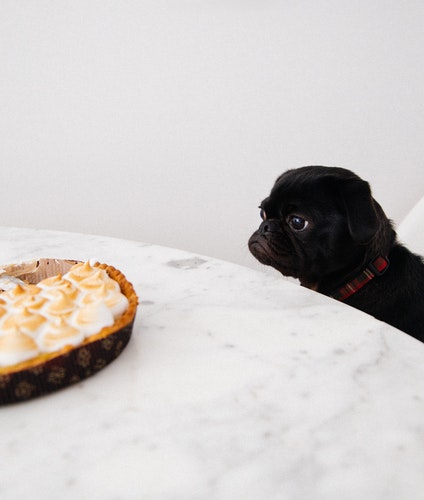
- Step 1: Keep a dog treat on the ground.
- Step 2: A dog training leash is required at this time. Keeping him leashed, walk towards the treat.
- Step 3: There will come a moment the dog gets provoked by the treat and will make an effort to grab it.
- Step 4: There you tell your dog the command “No” and pull the dog slightly through the leash towards you.
- Step 5: As he comes, approaches and watches you – Give that treat that you are holding in the off-leash hand like a dog training reward.
Show your dog some affection. This can become a catalyst for future good performances.
Dogisworld’s Advice
7. “HEEL”
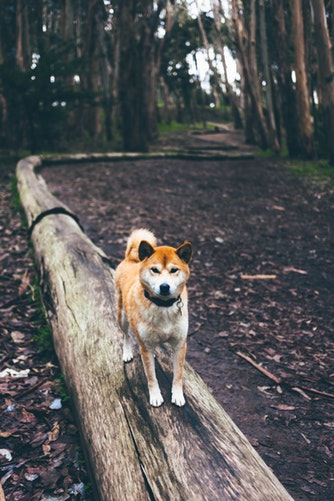
- Step 1: Hold your dog training leash in your right hand and pull him on your left side while you are walking.
- Step 2: At a certain point in the walk, command your dog to “Sit.”
- Step 3: Hold the treat in your left hand.
- Step 4: Give the command “Heel” in a positive tone. The positive tone helps in maintaining the dog training obedience.
- Step 5: Make a few steps, keep the dog treat (typically food or toy) by your side.
- Step 6: At this moment you take a break from the walk, move the treat upwards, and your dog will sit.
8. “WAIT”

- Step 1: Walk your dog toward a door.
- Step 2: Command him to “Sit” in front of the closed door.
- Step 3: Point your fingers upwards, presenting the palm of your hand to your dog.
- Step 4: Command him to “Wait.”
- Step 5: As your dog waits, you open the door slowly.
- Step 6: When he tends to move towards the door, you close it quickly.
- Step 7: This will be a sign that he needs to wait to cross the door.
- Step 8: When you want to let the dog free to walk, you say “Okay,” “Yes” or “Brake.”
The former instruction will come as a sign for your dog to start walking and for the future, he will respond to it as you allowing him/her to walk.
Dogisworld’s Advice
9. “COME”
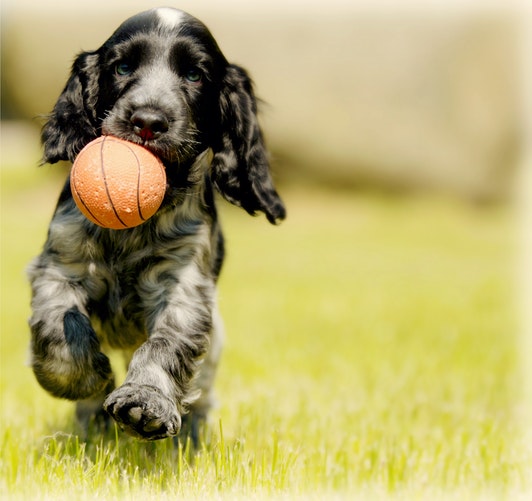
- Step 1: Use a dog training collar and a dog training leash.
- Step 2: Go to a specific distance from the dog.
- Step 3: Ask him to “Come” towards you.
- Step 4: At the same time, pull that leash a little.
- Step 5: The moment the dog comes to you, give him the dog treat.
- Step 6: Release your dog by saying dog release words“Okay” if you want to release him from this exercise.
10. “OFF”

- Step 1: Keep a dog treat in both of your closed hands.
- Step 2: Put one of your closed hands very near the dog’s face.
- Step 3: Wait for your dog so he can smell and lick that hand.
- Step 4: This is one of the dog training tricks, your dog will not be able to get the treat as your hand is closed and eventually, he will back off from your hand.
- Step 5: It is this time when you open the hand and offer your dog, the treatment which you were holding in your hand.
- Step 6: Give the command “Off.”
As this isa dog training for aggression, this command can come very helpful in the future.
Dogisworld’s Advice
This was all from our end related to.
Wait, we would really love to hear back from you in the comment section.
Do tell us how teaching these techniques to your fluffy-one went?
As always you can reach to us in the comment section for anything and everything related to dogs.
Happy Petting To You Guys!



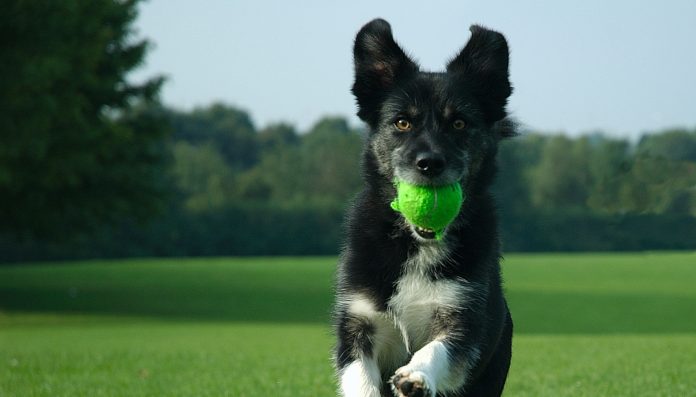









[…] a new pup in your house and excited about training it into a fine grown dog, then go and check out 10 Basic Dog Training Commands Your Dog Should Know which will help in increasing the understanding between you and your dog and will create a basis […]
Like with most puppies it’s highly recommended that you start training these dogs from as young as 8 weeks old. You’ll later thank yourself down the road for doing it!
There are many online training courses that allow you to train your dog from the comfort of your home. I highly recommend brain training for dogs as a great place to start, you can check out my complete review of the program for more details.
Sarihpur
[…] should not let this become a habit though and with dog training commands can stop dog […]
[…] know more checkout the 10 Basic Dog Training Commands Your Dog Should Know which will help you and your dog build a good master and pet […]
[…] your Mastiff puppy will be quick to learn new things on the […]
[…] Make the training a positive experience by encouraging and praising them so they are committed to learning new things. […]
[…] a puppy has a wild temperament. It’s only with proper dog training that we pet a dog to behave more appropriately to his […]
[…] To know better about what training to give to a newly brought pooch which has crossed the age of 1 month, go check out 10 basic dog training commands your dog should know. […]
[…] need exhaustive training regularly in order to keep them stimulated and drain their excessive […]
[…] Golden retrievers are intelligent and do not need a lot of time to get trained. […]
[…] training dogs is […]
[…] Training also involves the puppy socialization where the puppy gets to know about its surroundings and can develop into a confident individual in its adult life. […]
It’s hard to find knowledgeable people on this topic, but you sound like you know what you’re talking about! Thanks
[…] To know more about dog training commands click here basic dog training commands your dog should know […]
Great Dog Training Commands to read! really found the whole post very informative. Thank you
Well stated, will definitely going to try some personally with my buddy. Thanks for sharing…
[…] If you are a first time Malinois owner, it is advised that you seek a professional or an experienced Malinois owner who can guide you. If you are a beginner, you can our article on 10 Basic Dog Training Commands Your Dog Should Know. […]
I agree that finding a quiet place will make it easier because there will be a lot fewer distractions. My dog has a really bad attention span so getting rid of distractions is pretty important. She’ll be able to focus on learning commands.
[…] Early training of the dog can help an owner to keep his Italian Greyhound calm and composed throughout the life, you may want to checkout our blog where we talk about 10 Basic Dog Training Commands Your Dog Should Know. […]
[…] We advise to teach the dog tasks and commands that are less complex. The basic service dog commands are “stay”, “sit”, “come”, “heel”, and “lie down”. We also highly recommend these 10 basic dog training commands. […]
[…] Suggested: 10 Basic Commands For Training Your Dog. […]
[…] Suggested: 10 Basic Commands For Training Your Dog. […]
[…] Suggested: 10 Basic Commands For Training Your Dog. […]
[…] need exhaustive training regularly, for they were bred for hunting, in order to keep them healthy and […]
[…] the training by giving him basic commands to follow. Basic commands include “sit”, “stand”, “no” and […]
[…] See 10 basic dog training command […]
[…] Suggested: 10 Basic Dog Training Commands Your Dog Should Know […]
[…] can teach him commands like “come”, “sit” and “go”. This will help them learn things fast and effectively. […]